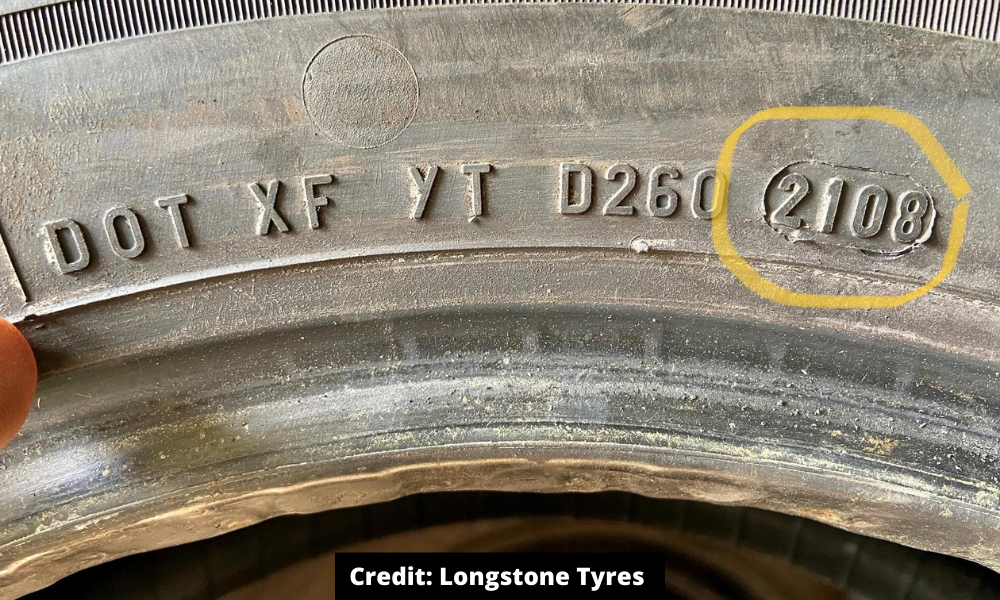Tyre Safety Month: Get a Grip on Classic Tyres Part Two
Welcome back to part two of our Tyre Safety Month feature – if you missed our first chapter, click here to catch up with the story so far. We’re back with our expert Dougal Cawley, Managing Director of leading classic supplier Longstone Tyres, and all-round tyre guru…
As we learned in our first chapter, checking out your classic’s rubber is about more than just tread depth and overall condition. As the annual mileage of your classic will likely be far lower than your daily driver, your tyres could be past their use-by date before they wear out. This can have a detrimental effect on grip and overall performance - but checking tyre age may not be as straightforward as you’d think.
“Each tyre contains a DoT code stamped on the sidewall, containing a series of letters and numbers – look to the final three or four digits, usually stamped within a ‘stadium’ or oval shape,” says Dougal. “A three-digit code means the tyre was manufactured before 2000 – the first two numbers are the week of the year, and the last number signifies the year. For example, the numbers 038 mean the tyre was manufactured in the third week of the year 1998, at the earliest…”

The pre-millennium approach to date codes is a little confusing, as there’s no way of knowing the decade in question. However, alarm bells should already be ringing. You’re looking at a tyre that is, at the very least, 20 years old and certainly in need of replacement. It doesn’t mater if it’s not that worn, or has been stored in ideal conditions, it’s dangerous. “As a catch-all, we say that when a tyre is over 10 years old, you should change it,” advises Dougal.
A better way of dating tyres arrived in 2000, when an extra digit was added to mark the decade. For example, 4518 would mean the 45th week of the year 2018.
Another key factor to be aware of is whether your classic should have crossply or radial tyres. If you want your vehicle to handle as the manufacturer intended, the type of rubber should match those fitted from new.
“Radial tyres were patented by Michelin after the war in 1946, improving longevity and roadholding compared with crossply,” says Dougal. Radial technology also made it possible to create the lower profile tyres that are commonplace today. “Again, both Michelin and Pirelli still manufacture a great range of period options, so you should find a very close match for your classic.”
Radial and crossply tyres can behave very differently, so you should never run a mix of the two – as this period tyre safety advertisement shows rather dramatically…
If you’re ever unsure which option is best for your vehicle, it’s always worth asking your local specialist for advice before you buy. Longstone Tyres also have lots of handy guides available to view on their website, including more information on finding the best period option for specific models.
If you have a question for us – tyre related or otherwise – why not use our ‘Ask an Expert’ tool?
The information contained in this blog post is based on sources that we believe are reliable and should be understood as general information only. It is not intended to be taken as advice with respect to any specific or individual situation and cannot be relied upon as such.

COMMENT